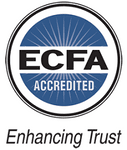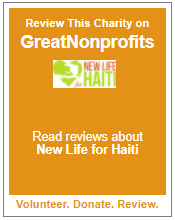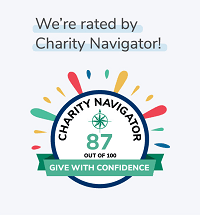-
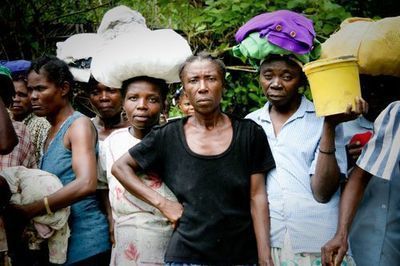
In the area where we work, poverty is pervasive. Most families live on less than $1.25 a day, limiting chances of breaking out of perpetual cycles of hardship.
-
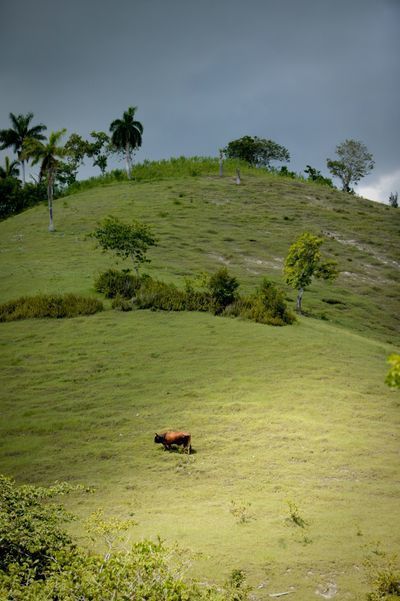
The communities we serve are tucked away in the mountains of the Grand Anse River valley. To reach them, we must cross the Grand Anse River by foot or travel a few miles down the road to access the community’s sole footbridge. We believe that Jesus went to the hard places, so we do too.
-
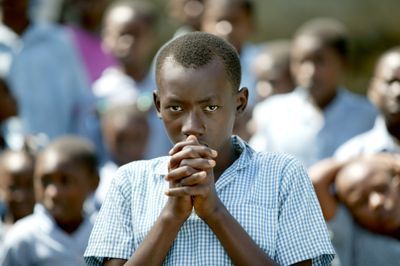
When so many families live on so little a day, most parents struggle to afford consistent meals for their loved ones. According to the Integrated Food Security Phase Classification, 42 percent of the Haitian population faces high acute food insecurity and is in urgent need of action (2021).
-
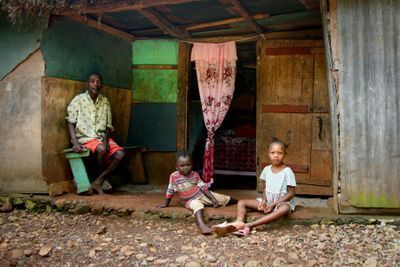
With an unemployment rate of 75 percent (Oxfam, 2021), it makes sense that so many families are suffering. Without reliable employment, it’s difficult to pave a way out of poverty.
-

In Haiti, there is limited access to free public education. With so many families living on less than $1.25 a day, tuition is one of the first things to be cut. Instead of sending children to school, parents send them to the markets to sell goods. Without free access to high-quality education, it is challenging to break out of the generational poverty.
-

In most areas where we work, people have to walk one to two hours to access water that serves as a drinking source, as well as a place to bathe, wash dirty laundry, and clean animals. This dirty water causes preventable illnesses like cholera, diarrhea, dysentery, and more.
Where We Work



